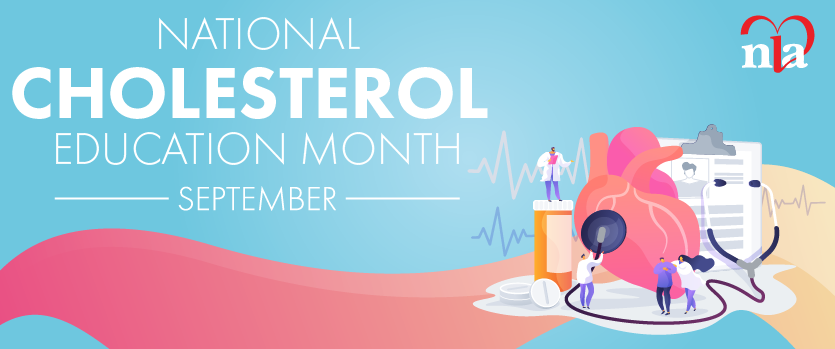As practicing clinicians, we all continue to face the challenge of remaining up to date with the rapid pace of advancing science in our field. As I consider different options to accomplish this goal in 2017, none can compare to active participation in the wide variety of educational activities offered by the National Lipid Association. Our Annual Meeting and regional Clinical Lipid Updates are beacons of light that help us to focus on the newest clinical applications of lipidology science. Other educational opportunities that the NLA provides, such as the Masters in Lipidology, Lipid Academy, Self-Assessment Programs, and the Journal of Clinical Lipidology serve to encourage lifelong learning of our members. The LipidSpin, the NLA’s member friendly regular periodical, provides practical insights into commonly encountered clinical problems and gives our members a chance to learn from their colleagues who are actively involved in the practice of clinical lipidology.
During the past five years, we have seen amazing advances in our field. We now appreciate the benefits associated with high-intensity statins, and do not hesitate to lower LDL-C to extremely low levels. The focus on HDL therapies that dominated the discussion five years ago hasbeen supplanted by an ever-increasing optimism for the role of PCSK9 inhibitors for ASCVD prevention. The current emphasis that has been placed on understanding the genetics of lipid disorders has resulted in the development of a host of monoclonal antibody therapies and RNA interference agents that target key biochemical pathways involved in lipoprotein metabolism. We are fortunate to have the opportunity to interact with and learn from the thought leaders who are responsible for the bench-to-bedside transformation of these agents.
One of the greatest benefits of being an active member of the National Lipid Association is the opportunity to develop friendships with like-minded individuals. Clinical lipidology tends to be a “lonely subspecialty.” In any one location, there are generally few practitioners who are truly committed to gaining a deeper understanding of the pathophysiology of lipid disorders and the physiologic basis of the therapies that we employ. When we meet with our colleagues at the various learning venues offered by the NLA, our professional lives are enriched, our patients benefit, and we have the privilege of developing life-long friendships that only those who are in the “trenches together” can truly understand.
I am proud of the multidisciplinary membership of the NLA. I recognize that my perspective as a physician is broadened and enhanced by an understanding of the important perspectives that my non-physician colleagues represent. There are few other organizations in which this type of collegial relationship is so strongly promoted and encouraged.
Finally, I want to recognize the contribution of those Presidents of the NLA who served before me. Their dedication to the organization, commitment to the educational process and vision in moving the organization forward helped me to better serve the NLA during my presidency. As Joyce Ross hands over the gavel to Jamie Underberg for the 2017-2018 term, and with the continued outstanding administrative support provided by Brian Hart, I feel more strongly that the future remains brighter than ever for the NLA.






.jpg)
.png)











